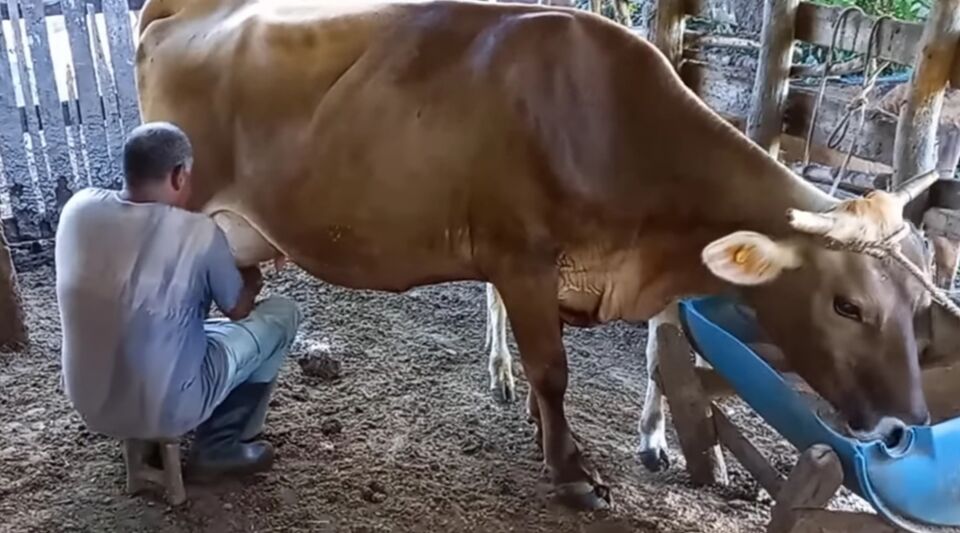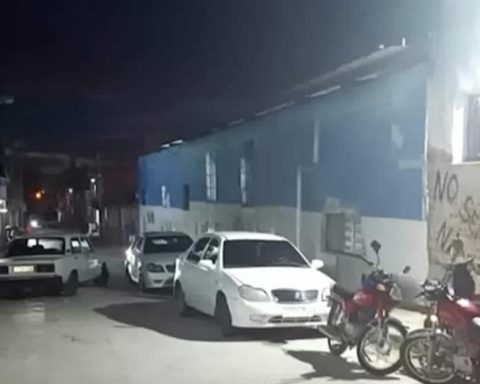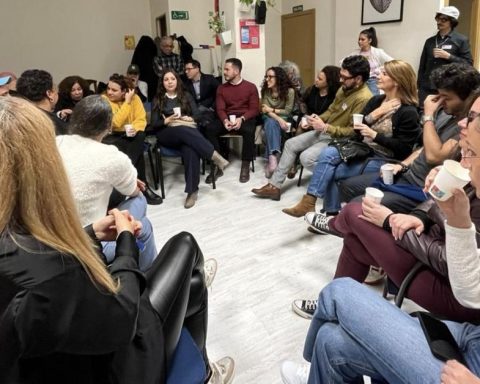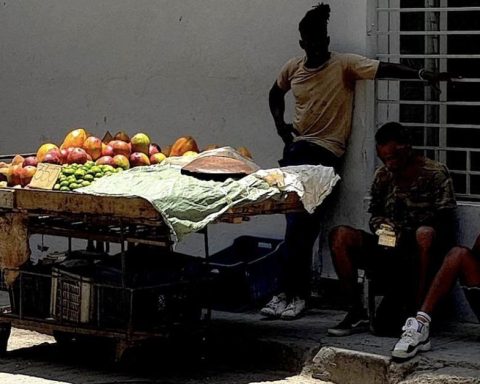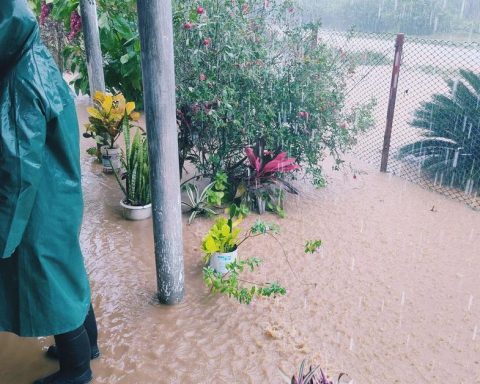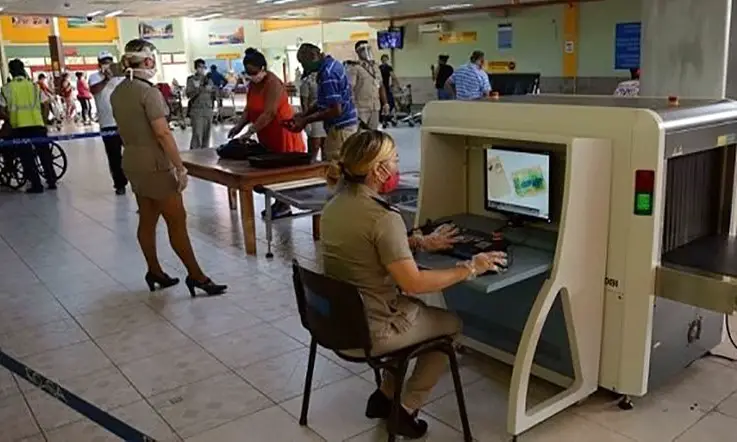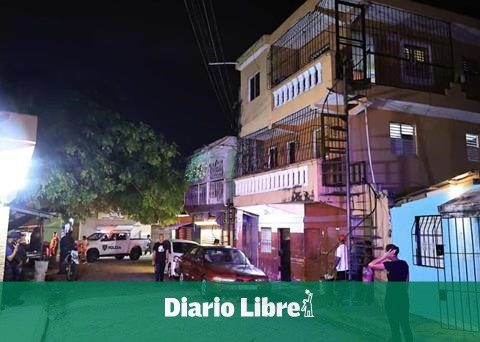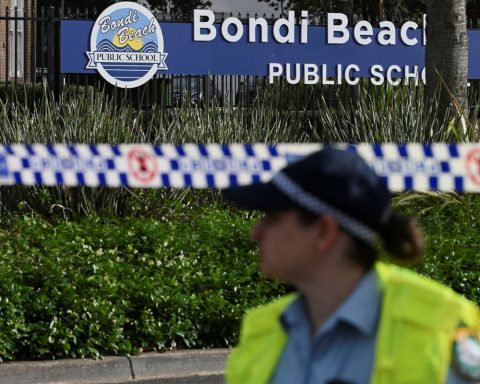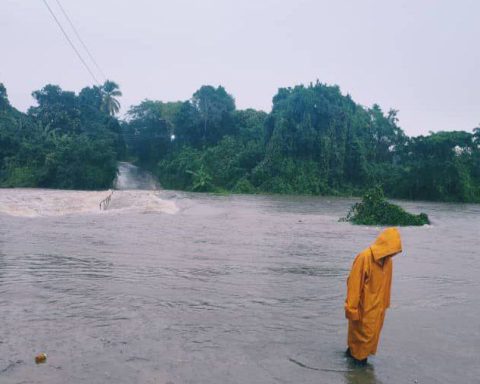The numerous cases of theft and slaughter of cattle that producers denounce for months and that the official provincial press reviews in the balance sheets of the sector finally have national figures that demonstrate the seriousness of the problem. In the last year the data was almost 2.5 times higher than that of 2021, with Villa Clara, Holguín and Matanzas in the lead.
Throughout the Island in 2022 there were 82,445 cases of theft and sacrifice, of which 45,315 corresponded to bovines and 37,130 to equines. The increase is considerable if the quantity of the previous year is observed, with the loss of 33,690 heads, 17,144 of cattle and 16,546 of horses.
By provinces, leads the sad ranking Villa Clara, with 12,243 cases compared to 4,079 the previous year, triple. In addition, five of the ten most affected municipalities on the Island belong to that province. In second position is Holguín, which lost 9,825 heads last year, doubling the bad data from 2021, with 4,655. Finally, on the podium, is Matanzas, which also makes a considerable leap from 2,926 to 8,159 losses.
“Since the end of last year, the numbers have been increasing. In November 29 heads, December 27, and in January and February 40 animals each month”
“That represents 16,000 tons of meat, which in turn is 5,000 tons of boneless meat. If we take more accounts, it equals two pounds of meat lost just due to theft and sacrifice” for each of the 11 million Cubans, said Adrián Gutiérrez Velázquez, director of livestock of the Ministry of Agriculture to the official newspaper, which this Monday publishes the first part of a special dedicated to this evil that first affects producers and finally Cuban consumers, who can barely access this type of protein due to the scarcity in the markets and, consequently, its high price when it is found, mostly to the left.
In the text, the director of a state cattle company from Cienfuegos, Denis Sixto Rodríguez, speaks, warning of the vertiginous increase in thefts. “In the company you had from five to seven thefts and sacrifices in a year. Since the end of last year, the numbers have been increasing. In November 29 heads, December 27 and in January and February 40 animals each month,” he says.
In his opinion, it is not only the sale price that is lost, but the investment of at least three years of work involved in raising the largest cattle. In that province, the 3,017 cases of theft and sacrifice in 2021 went from 7,082 last year, and it is the fourth most affected in the country.
Another characteristic case is that of Pinar del Río – which went from 1,458 crimes of this type to 4,282. There, the animals traditionally grow better in the pastures, loose, grazing at ease “Here you have to take the highway if you want to take meat to Havana,” adds Sixto Rodríguez. But the increase in crime is forcing us to change the habit and put the animals in the houses or they are forced to stand guard. “This is very complicated, it is not humanly possible to stay up all night and then leave at 4 or 5 in the morning to work.” If, on the contrary, they decide to lock them up, the quality worsens, deaths occur and production drops, since the cattle are not used to that life.
“Some policemen arrested a thief with some sacks of meat and when he found himself cornered he threw a machete at them. If the officer did not leave, he would not have been able to tell the story”
In addition, cases of aggression or simply the fear of suffering them cause casualties in an already complicated sector. “Some policemen arrested a thief with some sacks of meat and when he found himself cornered he threw a machete at them. If the officer didn’t leave, he wouldn’t have been able to tell the story,” he adds. Although this is not the case in all cases. Another of those consulted for the report affirms that “the police are not paying all the attention that this issue needs”, a situation that forces them to “night patrol”.
Gutiérrez Velázquez warns of the implications of the current situation. It is not a temporary problem, in the opinion of the director of the Ministry, but rather it will have consequences for future livestock, as it affects the quality of life of the cattle and, therefore, the flavor of the meat. “It seems that we have them in a concentration camp,” he laments –and the drought is the finishing touch– “The animals locked up from three or four in the afternoon until the next day deteriorate. Some 50,000 of the three million of the cattle mass, but the great concern is the issue of confinement,” he insists.
The case of the cavalry is also worrisome. The report of cubadebate recounts the case of Humberto Hernández Malagón, who has fruit trees and cows and needed his mare to move the merchandise. “I used to leave the mare tied up under a bush, field things. One of my sons went to give it a spin and everything was fine, when I went to look for it, it was gone. Although we followed the trail, we found nothing nor the bones,” he says.
The producer invested more than 20,000 pesos to buy posts and wire fences to fence off his land, which were stepped on with impunity by thieves who stole a neighbor’s team of oxen shortly after. “It was money that I lost, because every week they stung me two and three times to pass the animals they stole to anyone,” he adds. Now he has built ditches one meter deep, but the fear does not stop.
“If they take the team of oxen to me, I’ll retire,” says another rancher, who remembers only one time, in the 80s, “as bad as this one.” “They come and steal them shamelessly, in your own face. They took a cow from the land and I couldn’t follow any trace. I called the police and they never showed up. I went to the station to look for the headband that they give you and be able to give it to you He lowers the animal in the livestock registry and it was quite a rally. I was like four times and nothing, my term almost expired and then you even have to pay a fine if that happens.”
________________________
Collaborate with our work:
The team of 14ymedio He is committed to doing serious journalism that reflects the reality of deep Cuba. Thank you for accompanying us on this long road. We invite you to continue supporting us, but this time becoming a member of our newspaper. Together we can continue transforming journalism in Cuba.
